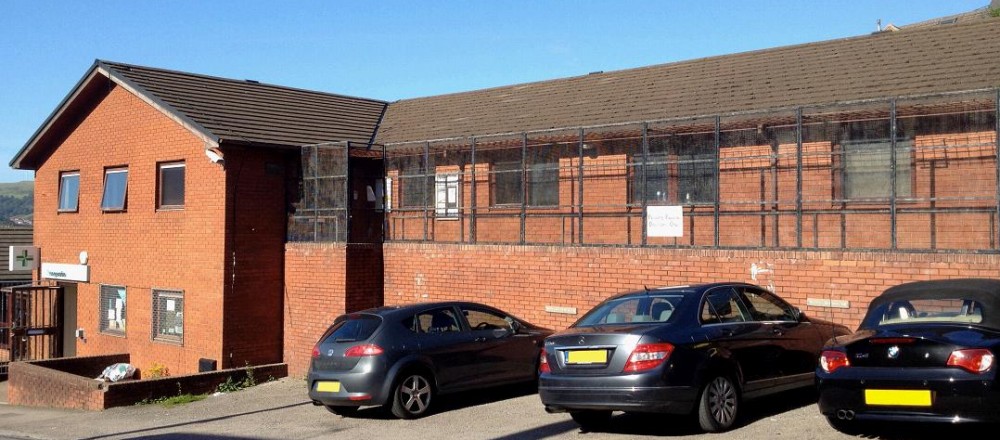This guidance applies to children younger than 5 years
What is a Fever?
A fever is often due to a self-limiting viral infection, though it can rarely be the presenting features of serious illness such as a urinary infection, pneumonia, meningitis or septicaemia.[1] Fever is generally regarded as a raised temperature above 37.5ºC checked at the armpit or above 38.0ºC checked in the ears.[2b]
A raised temperature commonly arises from infection or inflammation and may follow a set of vaccinations. For example, fever is common with a viral chest infection, a viral ear infection, a viral sore throat (together known as an ‘upper respiratory tract infection’), a cough and a cold.
Management of Fever
Most children will not require any specific treatment of these conditions, apart from general supportive treatment of regular fluids and calpol (or nurofen) as needed. Some children may need antibiotics if they are unwell or have other serious medical conditions. Tepid sponging is not recommended since it can cause shivering, goose pimples and crying.[2b]
The main worry from a high temperature or unwell child is that of dehydration and decreased urine output and having a temperature related fit (called a febrile convulsion). Dehydration can be avoided by the giving of regular fluids. Febrile convulsions may be avoided by the giving of regular calpol or nurofen, though there is little evidence that they actually prevent febrile convulsions.[2] Furthermore, there is no clear advantage from using both paracetamol and ibuprofen, either together or alternately.[2]
Does my child need to see a doctor?
You can use the chart below to see if you should take your child to a doctor.
- If the child’s symptoms are mostly in the green category, they are at low risk and usually do not need to see the doctor. Continue with the supportive treatment advised above. However, please ring for advice if you are unsure or are concerned.
- If the child’s symptoms are mostly in the orange category, they are at medium risk and you should make an ‘emergency appointment’ to see the doctor on the same day.
- If the child’s symptoms are mostly in the red category, they are at high risk and you should dial 999 immediately and have the child taken straight to hospital.
Traffic Light System
| Green (low risk) |
Amber (intermeadiate risk) |
Red (high risk) |
|
| Colour |
|
|
|
| Activity |
|
|
|
| Respiratory |
|
|
|
| Hydration |
|
|
|
| Other |
|
|
|
Sources
- Feverish Illness in Children NICE CG47, May 2007: Full | Quick Ref | Other
- DTB 2008;46(3):17-20
- Meremikwu M, Oyo-Ita A. Physical methods for treating fever in children. Cochrane Database of Systematic Reviews 2003, Issue 2. Art. No.: CD004264. DOI: 10.1002/14651858. [Date of most recent substantive amendment 25 January 2024].
